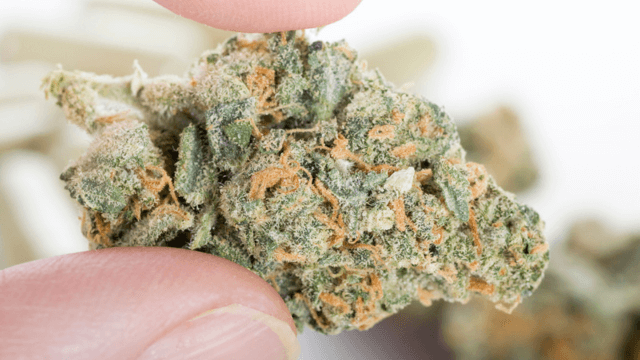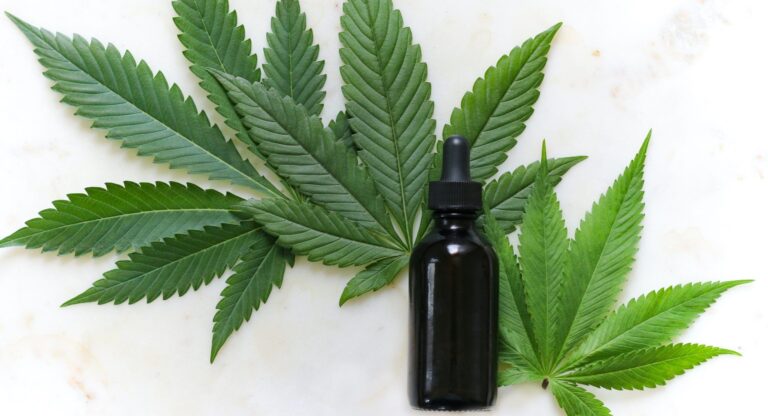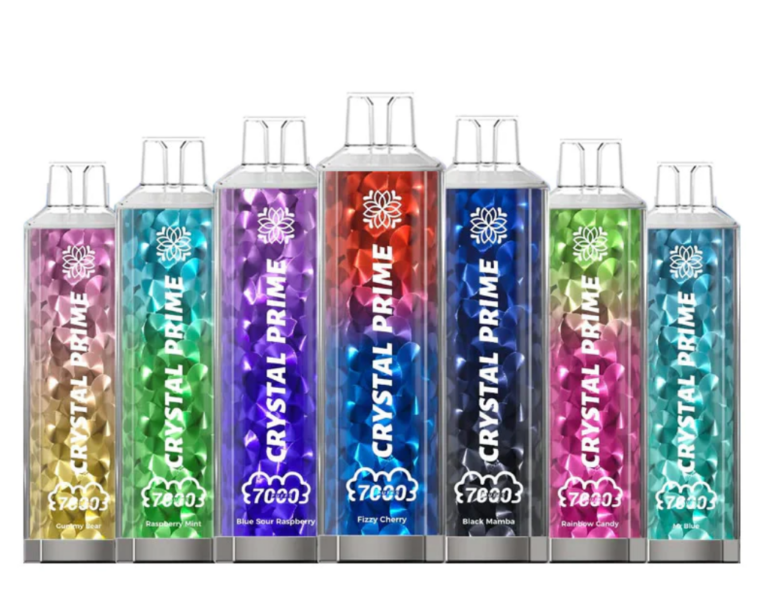Palmitoylethanolamide Unveiled: Breaking Down Some Common Misconceptions

Palmitoylethanolamide, often abbreviated as PEA, is a natural compound that has caught the attention of many for its potential health benefits. However, there are some common misunderstandings about PEA that we need to clear up.
In simpler terms, think of PEA as a helper for your body. Imagine it as a supplement working inside you to make things better.
In this article, we will explore and explain some things people might get confused about regarding PEA. So, let’s get in and discover the real story behind this fascinating substance!
PEA Is Just Another Dietary Supplement
One common misconception is that PEA is just another dietary supplement without scientific backing. PEA is a naturally occurring fatty acid amide found in the body, known for its anti-inflammatory and analgesic properties.
Numerous studies support its role in modulating the endocannabinoid system and its potential benefits in managing pain and inflammation.
PEA Is The Same As Cannabidiol (CBD)
While both PEA and CBD interact with the endocannabinoid system, they are distinct compounds with different mechanisms of action.
PEA primarily targets the peroxisome proliferator-activated receptor-alpha (PPAR-α), while CBD interacts with cannabinoid receptors. Understanding these differences is crucial for appreciating the unique therapeutic properties of each compound.
PEA Only Targets Pain
Although PEA is widely recognized for its analgesic effects, its benefits extend beyond pain management.
Research suggests that PEA exhibits anti-inflammatory, neuroprotective, and immune-modulating properties.
It has shown promise in conditions such as neuropathic pain, neurodegenerative disorders, and inflammatory conditions like fibromyalgia.
PEA Has Immediate Effects
Some individuals expect instant relief when taking PEA, but its effects may take time to manifest.
PEA’s mechanisms involve the modulation of inflammatory processes and cellular responses, which can require consistent use over several weeks for noticeable improvements. Patience is crucial for those seeking long-term benefits from PEA supplementation.
All PEA Supplements Are Equal
Not all PEA supplements are created equal, and formulation, purity, and dosage variations can impact their effectiveness.
Choosing high-quality, well-researched products from reputable manufacturers is essential to ensure the desired therapeutic outcomes.
Consulting with a healthcare professional can also help determine the most suitable PEA supplement based on individual needs.
PEA Has No Side Effects
While PEA is generally well-tolerated, assuming it has no side effects is a misconception. Some people might have minor problems like nausea when using PEA.
It’s crucial to start with a low dosage and monitor for adverse reactions. Pregnant or breastfeeding individuals should consult with their healthcare provider before using PEA.
PEA Can Replace Prescription Medications
PEA’s potential benefits should only be seen as a replacement for prescribed medications with proper medical supervision.
While it may complement certain treatment plans, individuals should consult their healthcare providers before changing their medication regimen. PEA’s role is often adjunctive, working synergistically with conventional therapies.
PEA Is Only Relevant For Chronic Conditions
While PEA has shown promise in managing chronic conditions, its potential preventive and overall wellness benefits should be noticed.
Research suggests that PEA may play a role in maintaining a balanced immune system, contributing to overall health and well-being.
Incorporating PEA into a proactive health regimen may have broader implications beyond addressing specific conditions.
PEA Is Only Effective In Adults
Another misconception about PEA is that its benefits are limited to adults. While much of the research has focused on adult populations, emerging studies suggest that PEA may also have therapeutic effects in pediatric conditions.
However, it’s crucial to note that dosages and safety considerations may differ in children, and consulting with a pediatrician before administering PEA to children is highly advisable.
PEA Is A Cure-All Solution
Some individuals mistakenly view PEA as a cure-all solution for various health issues. While PEA has demonstrated therapeutic potential in managing certain conditions, it is not a panacea. Its effectiveness can vary from person to person, and individual responses may depend on factors such as the underlying health condition, genetic predispositions, and lifestyle factors.
It’s essential to approach PEA as part of a holistic health strategy rather than relying solely on its perceived universal efficacy.
Conclusion
Palmitoylethanolamide holds great promise as a natural compound with diverse therapeutic potential. Dispelling common misconceptions surrounding PEA is essential for fostering a more accurate understanding of its benefits and limitations.
Recognizing that PEA may not suit everyone is important, and potential risks should always be considered as with any medication.
While its safety profile appears strong in healthy individuals, those with certain medical conditions or taking other medicines may need extra precautions.
Additionally, certain dietary supplements containing PEA may contain additional ingredients that could interact negatively with some medications or cause undesirable side effects.
If you are looking for the right PEA supplement, Pure Nootropics – Palmitoylethanolamide might be the best choice. It is a high-quality product developed with safety, potency, and efficacy in mind.





